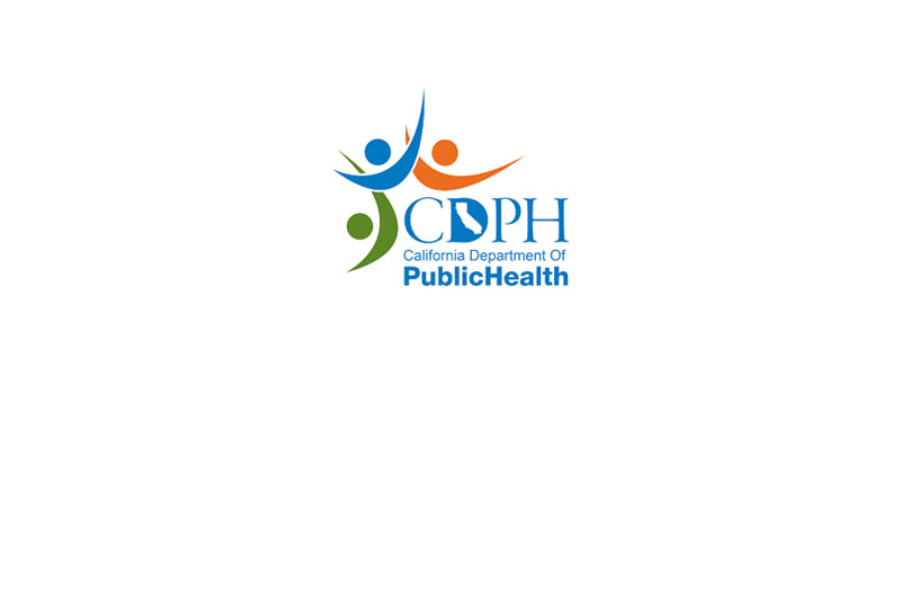CDPH seeks a solution that provides four types of business capabilities: Clinical Case Management, Environmental / Property Remediation Management, Surveillance, and Analytical Services Management.
Clinical Case Management
- Management of child lead exposure cases.
- Patient management.
- Lead exposure treatment management.
- Treatment coverage information management (e.g., insurance / social services)
- Health education services management
Environmental / Property Remediation Management
- Management of cases of lead contamination in homes and properties.
- Management of cases of other environmental lead contamination.
Surveillance
- Identification of clusters of elevated child lead blood cases.
- Identification of clusters of environmental lead contamination cases.
- Other approaches to the identification and characterization of lead exposure and contamination.
Analytical Services Management
- Management of the inventory of analytical instruments, their characteristics, location and calibration.
- Management of laboratories that provide environmental and clinical laboratory services.
- Management of blood sampling information and results.
- Management of environmental sampling information and results.
The State of California has a variety of requirements related to information security and system architecture. Which of these requirements are applicable will depend on the system/solution architecture proposed by the solution provider. Here are some of the non-functional requirements the solution provider should take into consideration: Access Control, Data Protection, Incident Response, Audit and Compliance, Physical Security, System Monitoring, Backup and Recovery, Vendor Management, and Configuration Management.
By implementing the security requirements listed above, vendors can help ensure the confidentiality, integrity, and availability of CDPH sensitive information while complying with HIPAA, NIST SP800-53, and California State Administrative Manual security standards, even if the system is managed in the Cloud.
This RFI is issued for information and planning purposes only and does not constitute a solicitation. A response to this RFI is not an offer and cannot be accepted by the State to form a binding contract.
This RFI is solely designed to provide CDPH with meaningful information to enable CDPH to determine how to proceed with the development of the Child Blood Lead Surveillance and Case Management solicitation.
RFI Respondents are solely responsible for all expenses associated with responding to this RFI. The State is not responsible for any expenses associated with responding to this RFI.
The submission of a response does not constitute any commitment on the part of the interested party. However, the RFI Respondent agrees that the submitted information is correct to the best of the RFI Respondent’s knowledge. Also, the right to compete in future procurements is not affected in the event that the party chooses not to submit a response to this RFI. CDPH is also interested in learning the reasons for not submitting a response.
